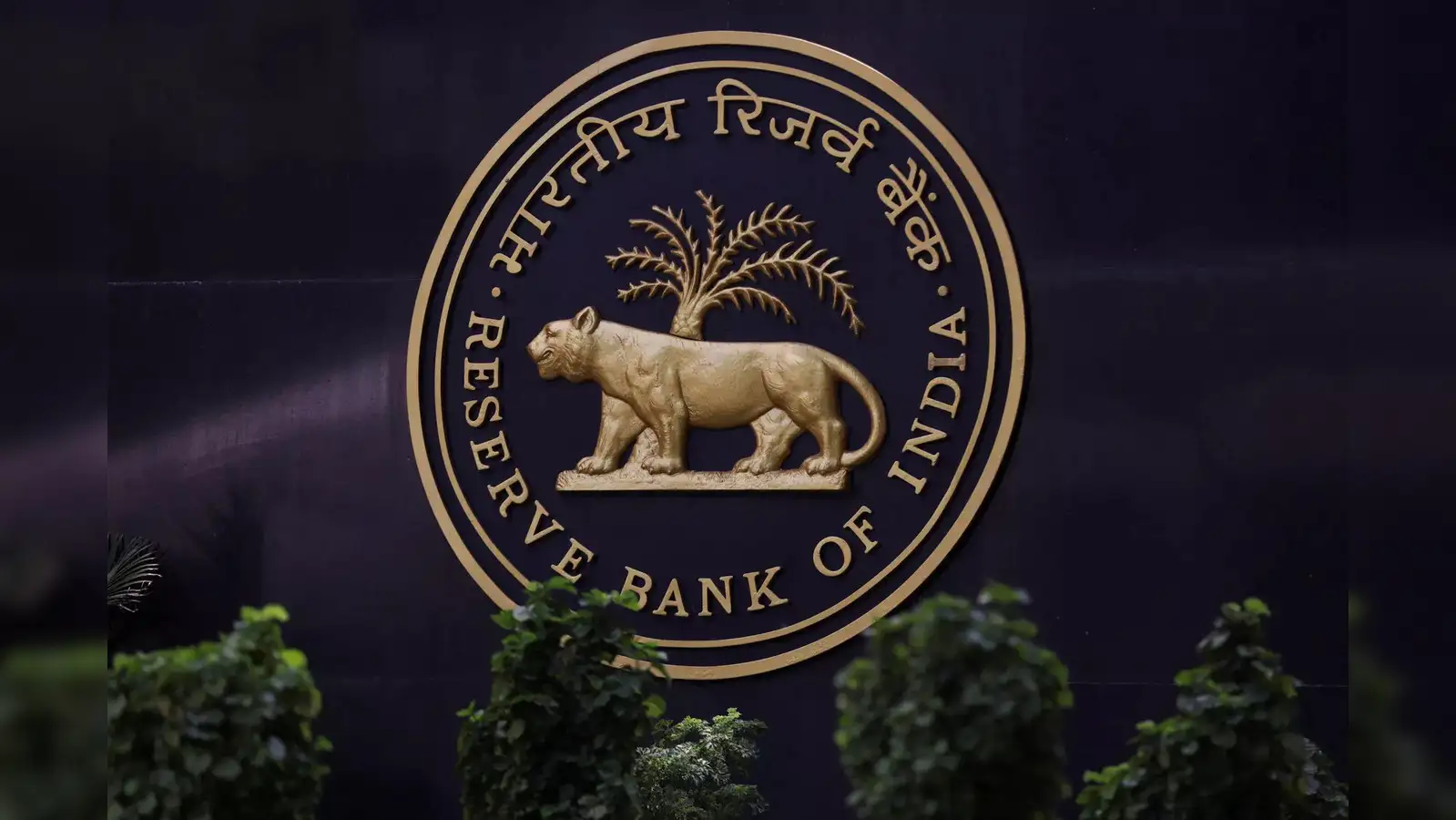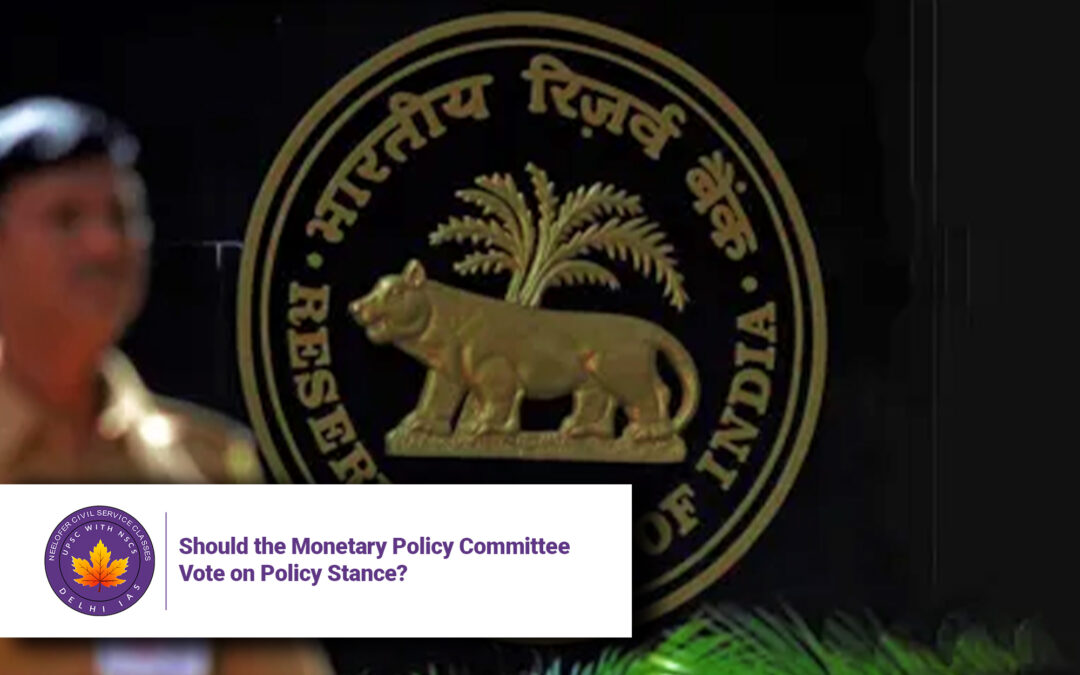Should the Monetary Policy Committee Vote on Policy Stance?
Why in News?
Recent monetary policy statements released by the Reserve Bank of India (RBI) in April and June have reignited debate over whether the Monetary Policy Committee (MPC) should vote on the policy stance as it does on policy rates. This renewed scrutiny is due to changes in language, voting disclosure, and clarity in communication. 
Introduction
The Monetary Policy Committee (MPC) of India is responsible for formulating the policy interest rate to achieve the inflation target while keeping in mind the objective of growth. Traditionally, the MPC votes on the policy repo rate, but whether it should also formally vote on the policy stance (such as accommodative, neutral, or tightening) remains a debated issue.
Key Issues Raised
-
Change in Policy Language
In recent statements, the usual heading “Monetary Policy Decision” was replaced with “Resolution of the Monetary Policy Committee (MPC)”. The clear separation between the policy rate decision and the stance was removed, raising questions on transparency. -
No Voting on Stance
Although the policy stance (such as “accommodative”) was mentioned, the MPC members did not vote on it, a move not aligned with earlier practices. For instance, in February 2023, all six members had voted explicitly on both the rate and stance. -
Accountability and Transparency
Analysts, including Renu Kohli, argue that this omission goes against global best practices and India’s own approach under the Flexible Inflation Targeting (FIT) framework adopted in 2016. Not voting on stance creates ambiguity around the RBI’s forward guidance.
Evolution of MPC Decisions
-
In 2017 and 2018, statements clearly showed separate votes for rate and stance.
-
Member Ravindra Dholakia once dissented specifically on stance, indicating the importance of individual opinions.
-
The 2018 October policy began using “the decision” in plural form, showing separate clarity on both components.
Importance of Forward Guidance
-
The policy stance shapes expectations regarding future rate actions.
-
Clarity on stance is crucial for financial markets, investors, and the public to interpret the RBI’s intentions.
-
MPC’s credibility is built on transparency and institutional accountability.
Global Practices and Recommendations
-
In global central banking, voting on stance is routine and aligns with modern communication needs.
-
Lack of clarity on stance undermines credibility of the committee and confuses financial markets.
-
There is a pressing need for the RBI to make stance voting explicit and disclose the decisions publicly to build trust.
Conclusion
The debate about whether MPC should vote on the policy stance is more than procedural. It reflects deeper questions of institutional transparency, credibility, and clarity of monetary policy communication. As India continues to fine-tune its monetary policy framework under the Flexible Inflation Targeting regime, explicit voting on stance is essential to maintain public confidence and ensure economic stability.
Q&A Section
Q1. What is the main concern raised in the recent RBI monetary policy statements?
The concern is the lack of voting on policy stance by MPC members, which reduces transparency and raises communication issues.
Q2. What is policy stance, and why is it important?
Policy stance (e.g., accommodative or tightening) indicates future direction of interest rates. It helps the market and public understand the RBI’s intentions.
Q3. Has the RBI voted on stance in the past?
Yes. Until recently, MPC members explicitly voted on both the repo rate and the stance, as seen in statements from 2017 and 2018.
Q4. What could be the consequence of not voting on stance?
It could undermine the credibility of the MPC, confuse the markets, and weaken forward guidance.
Q5. What is the suggested solution?
Experts recommend that the MPC resume voting on the policy stance and publish the results to align with global best practices and ensure greater transparency.



